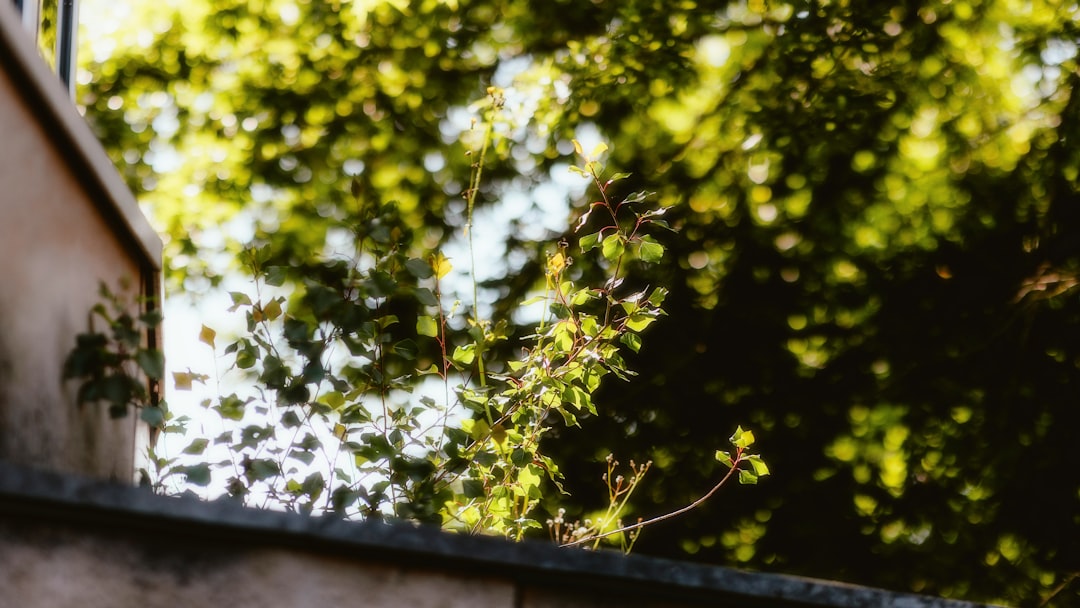
When it comes to gardening, one of the most rewarding and beneficial projects you can undertake is building organic, non - toxic, raised garden beds. These beds offer a multitude of advantages, from better soil control to easier pest management, and they are the perfect way to grow safe and healthy fruits, vegetables, and flowers.
First and foremost, let's talk about the materials. For an organic and non - toxic raised garden bed, the choice of materials is crucial. You can opt for untreated wood, such as cedar or redwood. These types of wood are naturally resistant to rot and insects, which means you won't have to use any chemical treatments. Another great option is stone or concrete blocks. They are durable and can add a beautiful aesthetic to your garden. Avoid using pressure - treated wood, as it often contains chemicals that can leach into the soil and contaminate your plants.
Once you've selected your materials, it's time to plan the size and location of your raised garden bed. Consider the amount of sunlight your plants will need. Most fruits and vegetables require at least 6 - 8 hours of direct sunlight per day. Choose a location that gets plenty of sun, away from large trees that might shade the bed or compete for nutrients and water. As for the size, a good rule of thumb is to make the bed no wider than 4 feet. This way, you can easily reach the center of the bed from either side without stepping on the soil, which helps to keep the soil structure intact.
Now, let's focus on the soil. Organic soil is the foundation of a healthy raised garden bed. You can create your own organic soil mix by combining compost, aged manure, and topsoil. Compost is rich in nutrients and beneficial microorganisms that help to break down organic matter and make nutrients available to your plants. Aged manure adds fertility and improves soil structure. Topsoil provides a base for the other components. You can also add some perlite or vermiculite to improve drainage.
When it comes to planting, start by researching the specific needs of the fruits, vegetables, and flowers you want to grow. Some plants, like tomatoes and peppers, need warm soil and plenty of space to spread out. Others, like lettuce and spinach, can tolerate cooler temperatures and can be planted closer together. Make sure to follow the recommended spacing guidelines for each plant to ensure proper growth and air circulation.
Watering is another important aspect of maintaining a raised garden bed. Since the soil in raised beds drains more quickly than in traditional gardens, you'll need to water more frequently. However, be careful not to over - water. A good way to check if your plants need water is to stick your finger about an inch into the soil. If it feels dry, it's time to water. You can use a soaker hose or a drip irrigation system to water your plants slowly and evenly, which helps to prevent water waste and reduces the risk of fungal diseases.
Pest management in an organic raised garden bed requires a different approach than in a conventional garden. Instead of using chemical pesticides, you can employ natural methods. For example, you can attract beneficial insects, such as ladybugs and lacewings, which feed on aphids and other pests. You can also plant companion plants that repel pests. For instance, marigolds are known to repel nematodes, and basil can help to keep mosquitoes and flies away from your tomatoes.
Finally, don't forget about maintenance. Regularly remove weeds from your raised garden bed. Weeds compete with your plants for nutrients, water, and sunlight. You can use a hoe or pull them out by hand. Also, keep an eye on the health of your plants. Look for signs of disease or nutrient deficiencies, such as yellowing leaves or stunted growth. If you notice any problems, take action quickly to prevent them from spreading.
In conclusion, building and maintaining an organic, non - toxic raised garden bed is a wonderful way to enjoy the benefits of gardening while ensuring the safety and health of your produce. With the right materials, proper planning, and a little bit of care, you can create a thriving garden that will provide you with delicious fruits, vegetables, and beautiful flowers for years to come.

The Secret to Squirrel - Free Potted Plants
The Secret to Squirrel - Free Potted Plants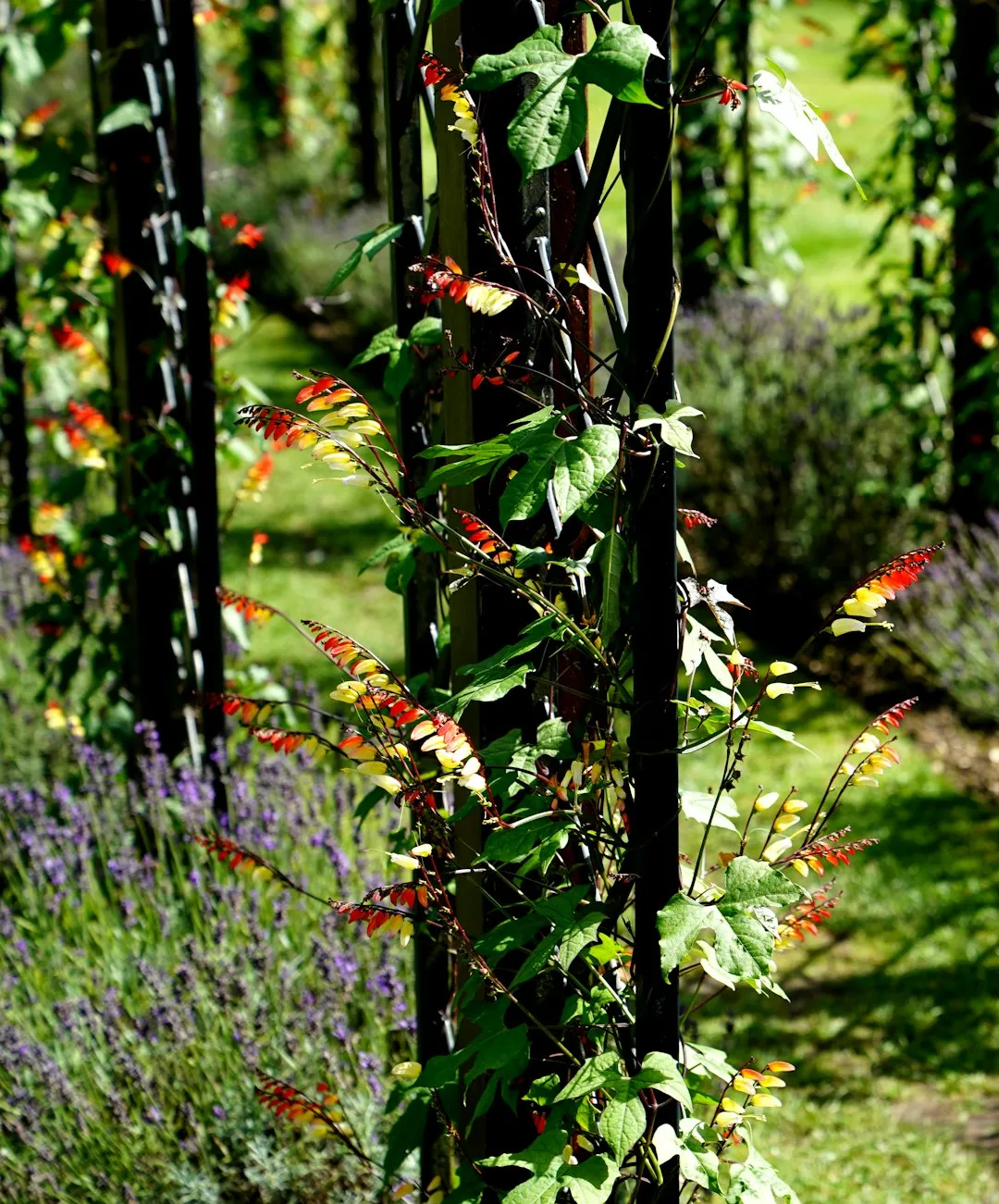
Sweet Rewards: Cultivating Berries in Containers
Sweet Rewards: Cultivating Berries in Containers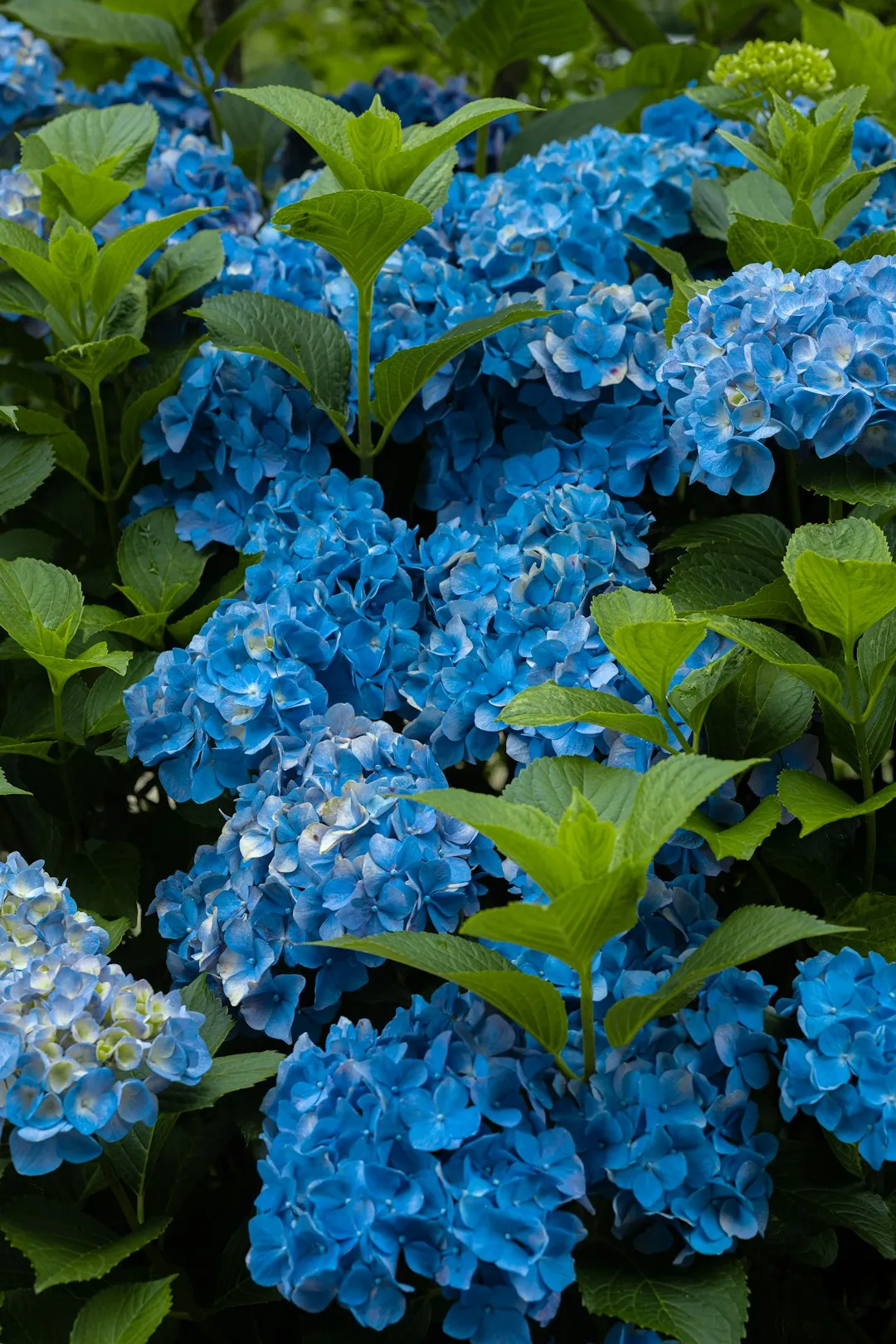
Unveiling the Secrets of a Stunning Lawn
Unveiling the Secrets of a Stunning Lawn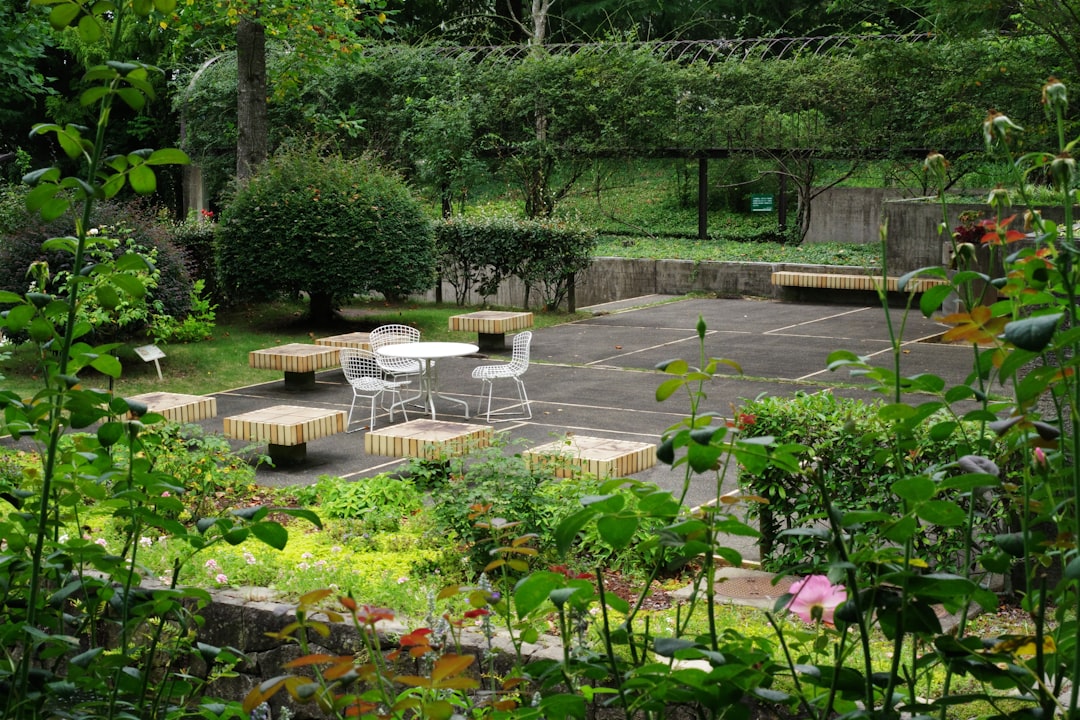
Fall Lawn Maintenance: The Key to a Healthy Yard in Winter
Fall Lawn Maintenance: The Key to a Healthy Yard in Winter
The Secret to Soil Amendment Without Uprooting Your Plants
The Secret to Soil Amendment Without Uprooting Your Plants
Unleash Your Garden's Potential: The Art of Seed Collection
Unleash Your Garden's Potential: The Art of Seed Collection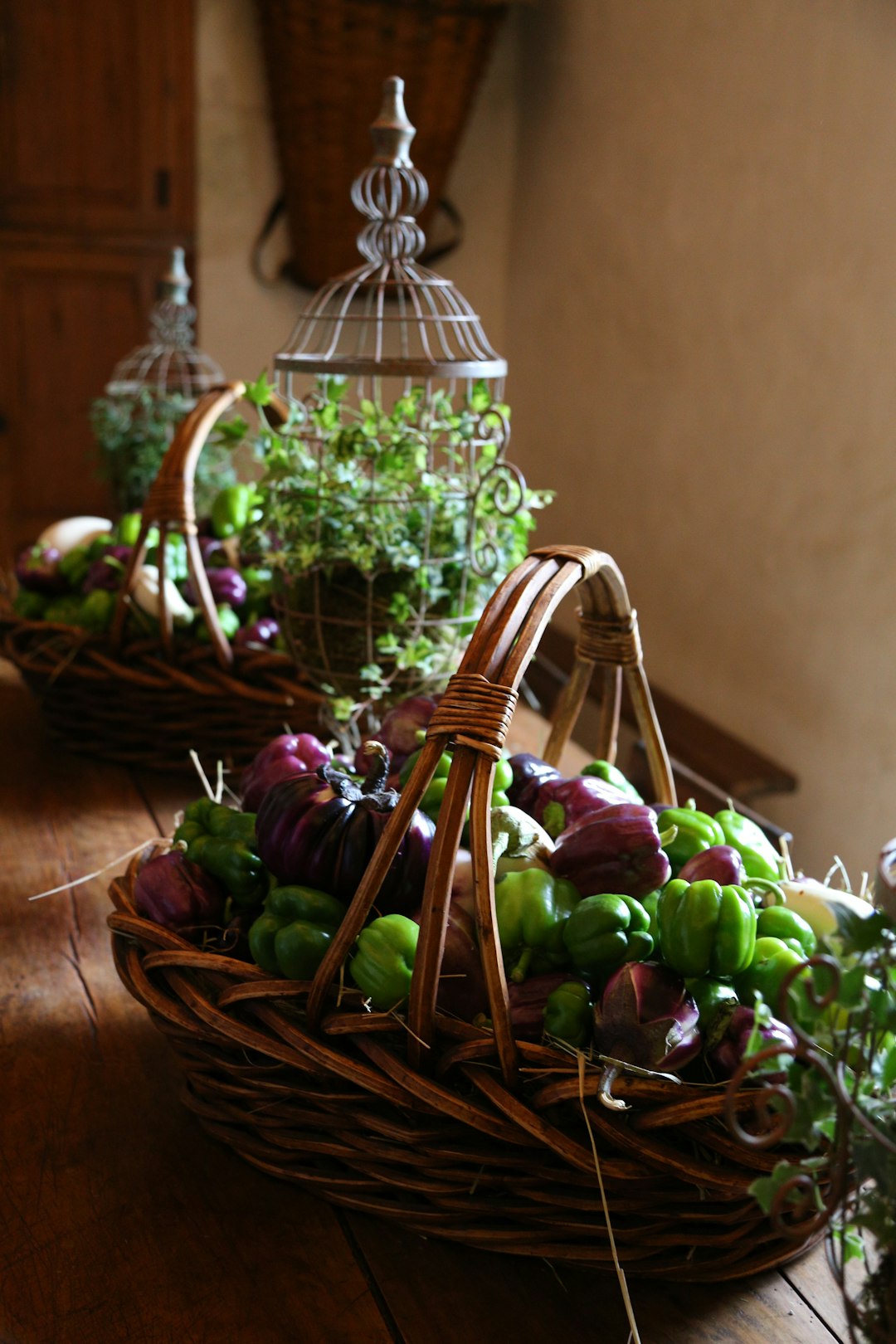
Pre - Summer Yard Care Essentials
Pre - Summer Yard Care Essentials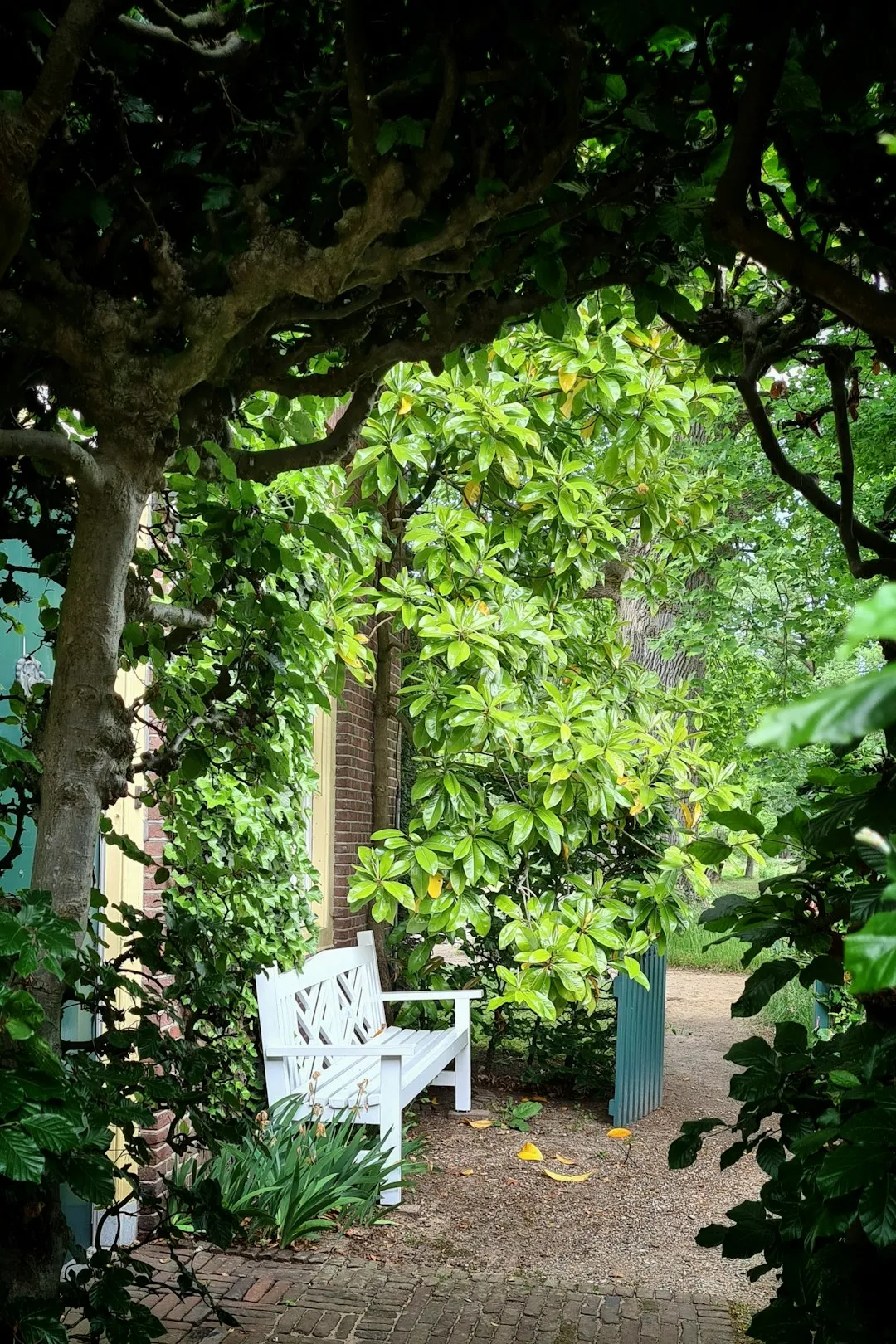
Weathering the Storm: Nurturing Your Garden in Extreme Conditions
Weathering the Storm: Nurturing Your Garden in Extreme Conditions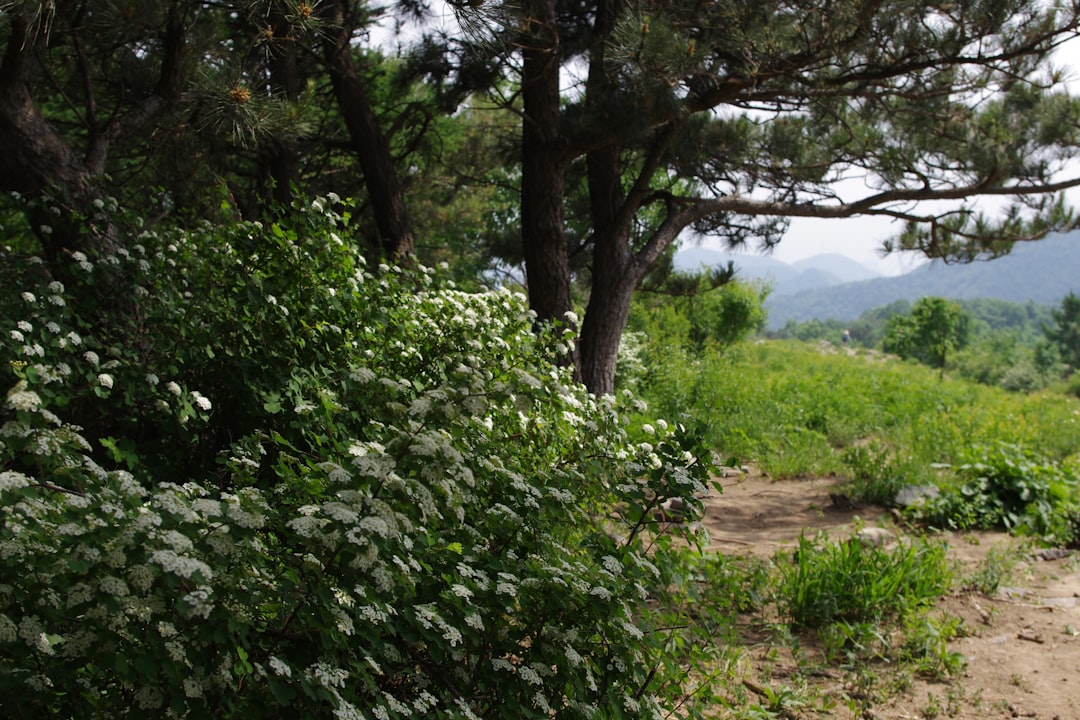
Summer Pruning: The 10 Flowering Plants to Leave Alone
Summer Pruning: The 10 Flowering Plants to Leave Alone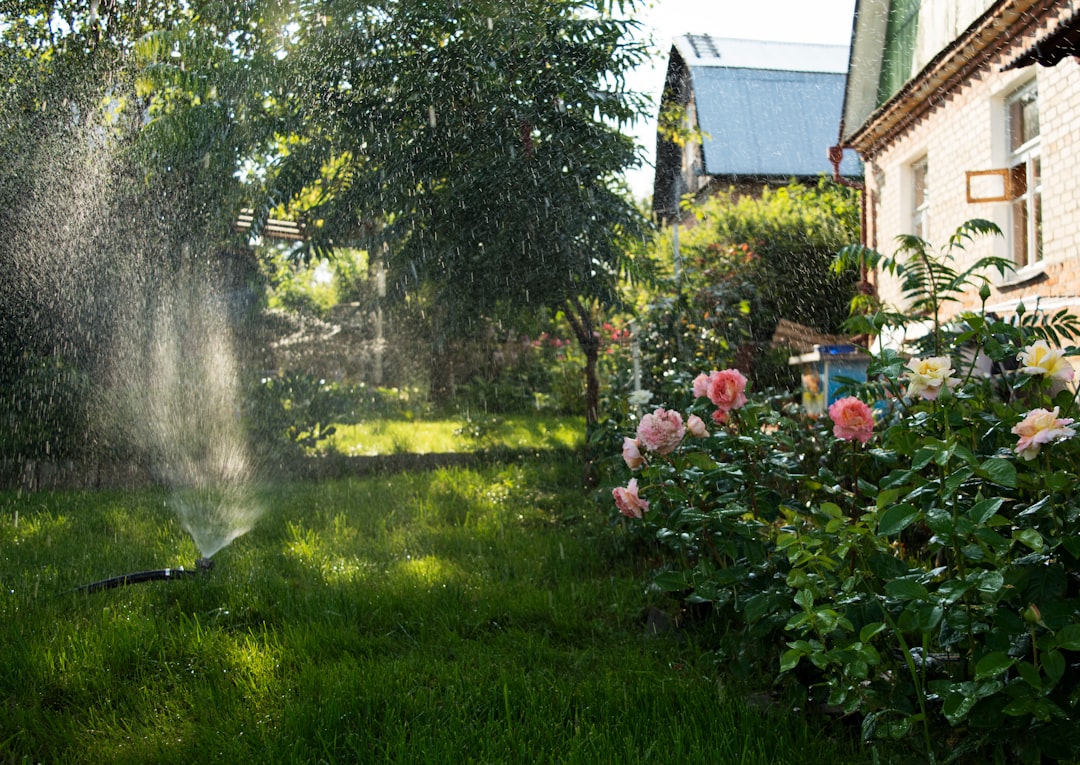
Unveiling the Hidden Gems of Perennial Gardening
Unveiling the Hidden Gems of Perennial Gardening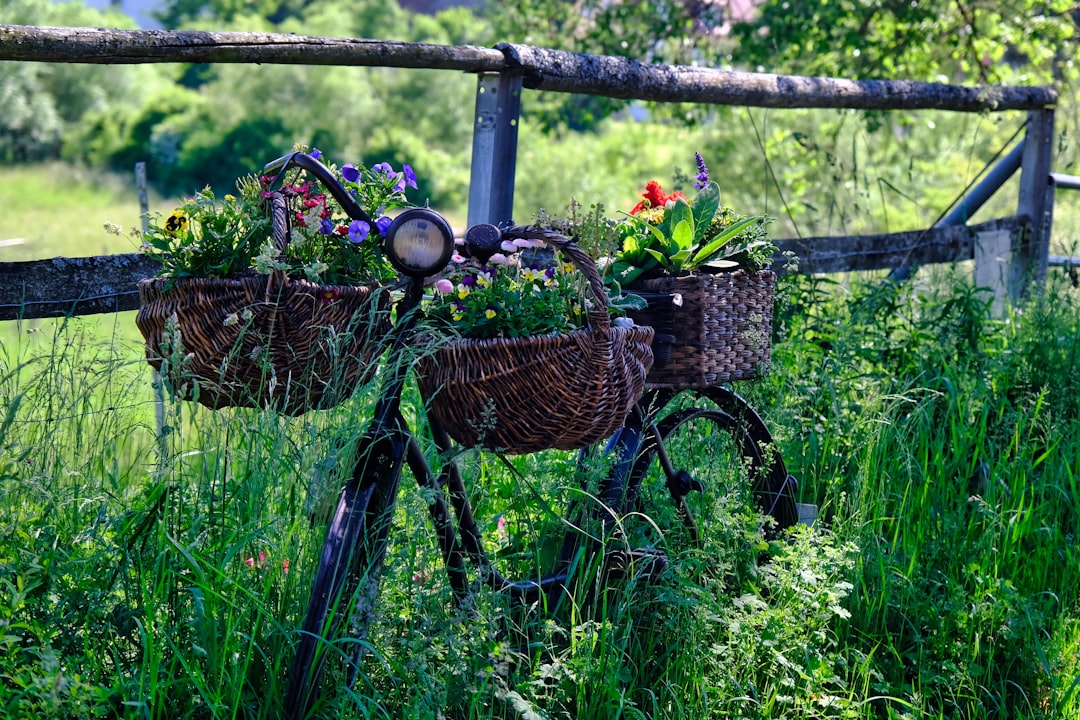
Unleashing the Beauty of Perennial Black - Eyed Susans in Your Garden
Unleashing the Beauty of Perennial Black - Eyed Susans in Your Garden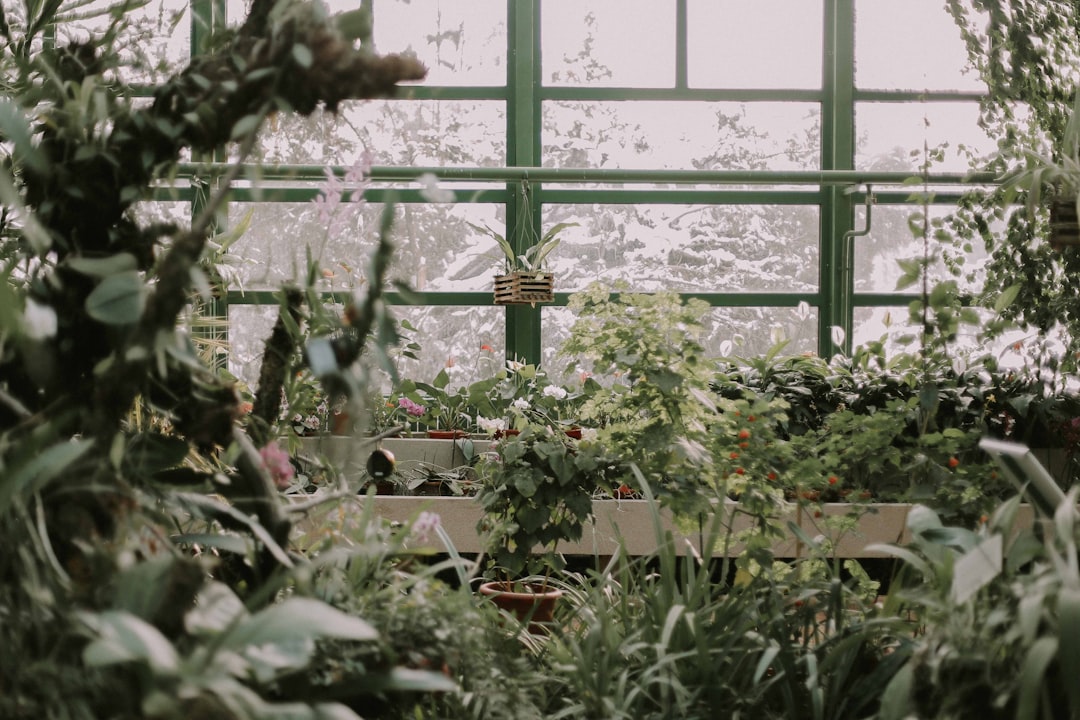
Unveiling the Secrets of Trillium Growth
Unveiling the Secrets of Trillium Growth
The All - Season Charm of Sedum Plants
The All - Season Charm of Sedum Plants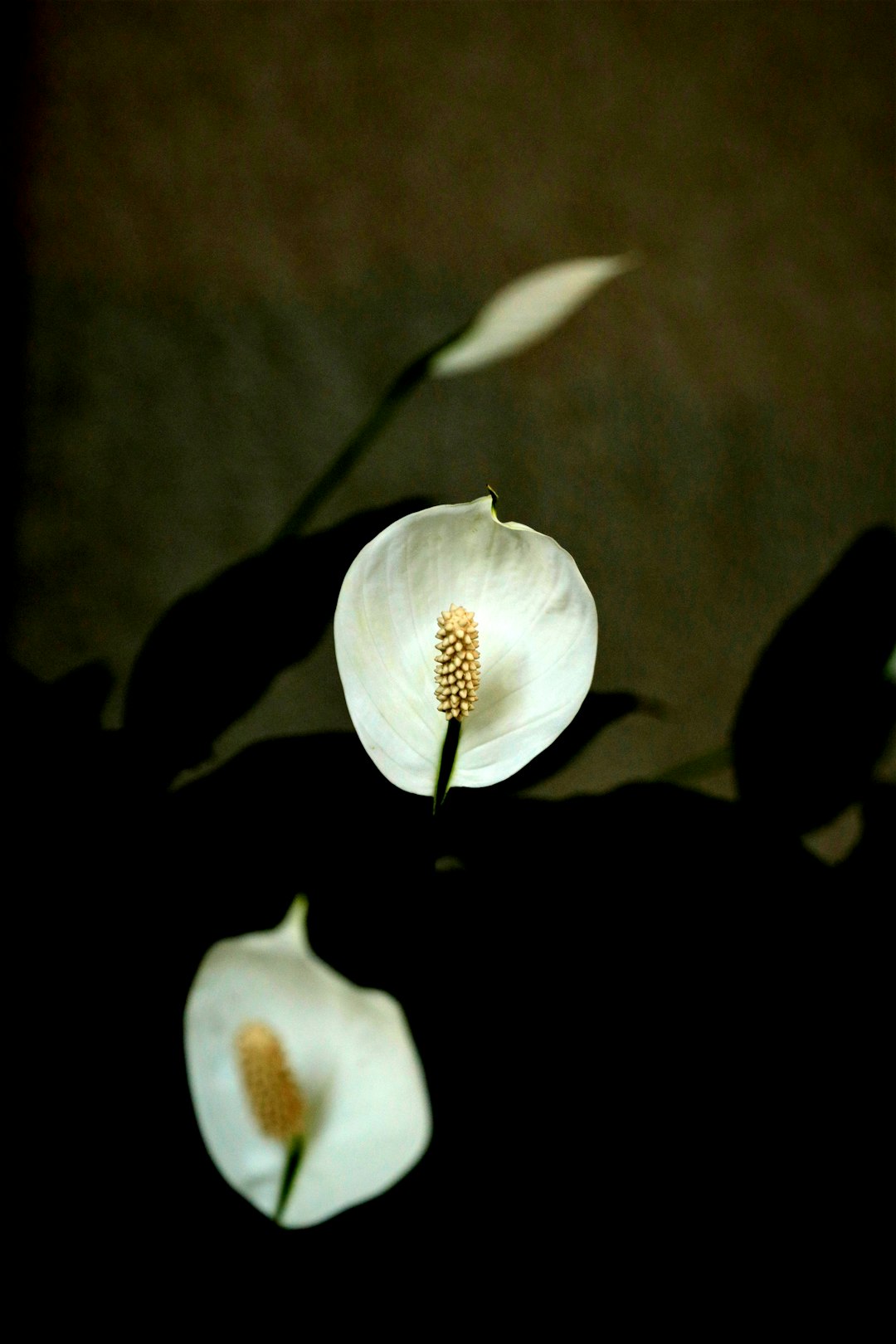
Banishing Snakes from Your Yard: Simple Solutions
Banishing Snakes from Your Yard: Simple Solutions
Secrets to a Bug - Free Garden: Conquering Squash Bugs Naturally
Secrets to a Bug - Free Garden: Conquering Squash Bugs Naturally
Transform Your Yard: Banish Crabgrass for Good
Transform Your Yard: Banish Crabgrass for Good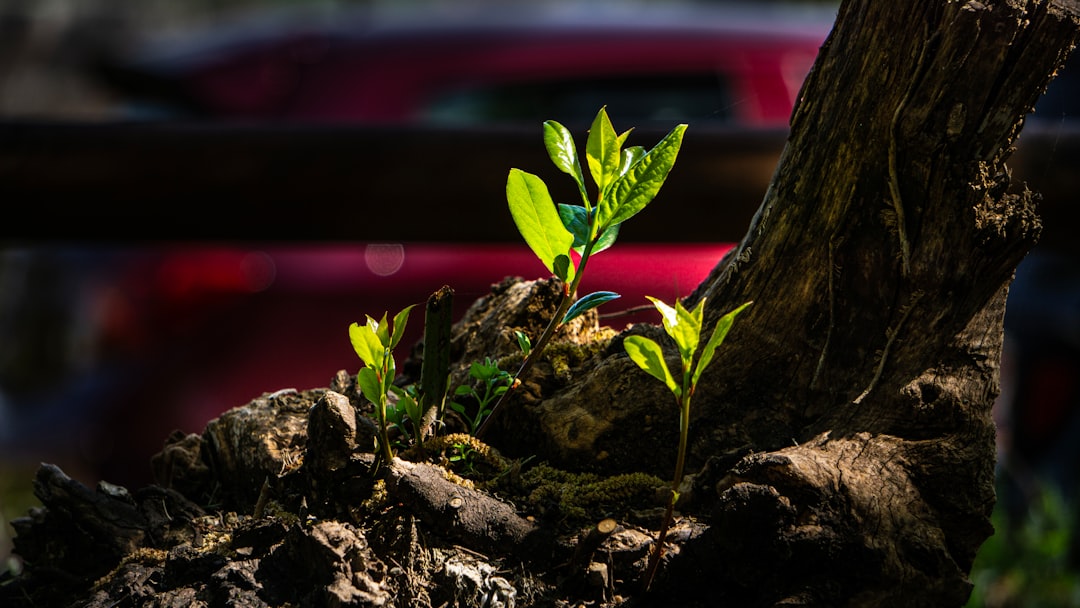
Unveiling the Wonders of a Low - Sun Garden
Unveiling the Wonders of a Low - Sun Garden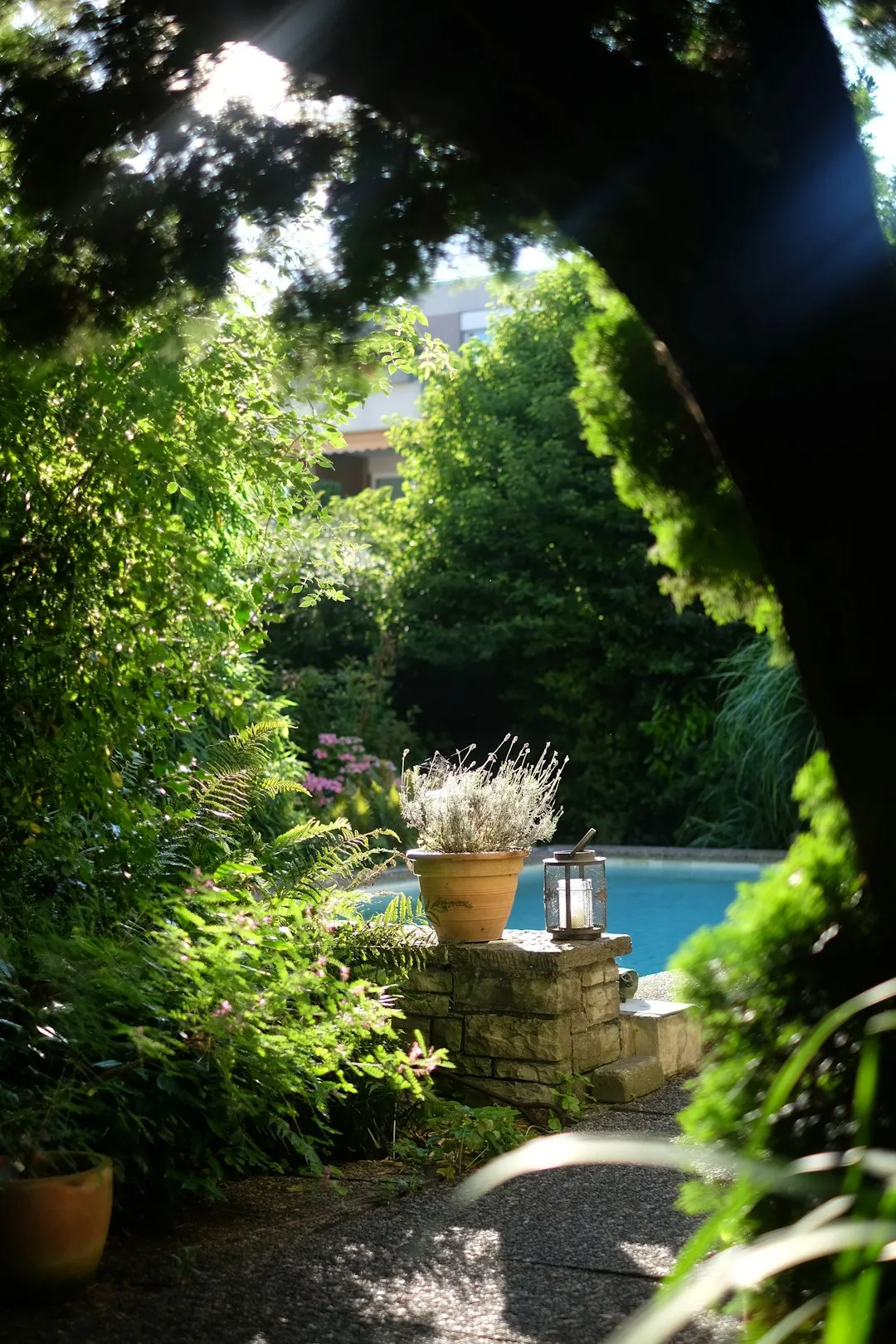
Unleash Your Garden's Potential: The Magic of Lasagna Gardening
Unleash Your Garden's Potential: The Magic of Lasagna Gardening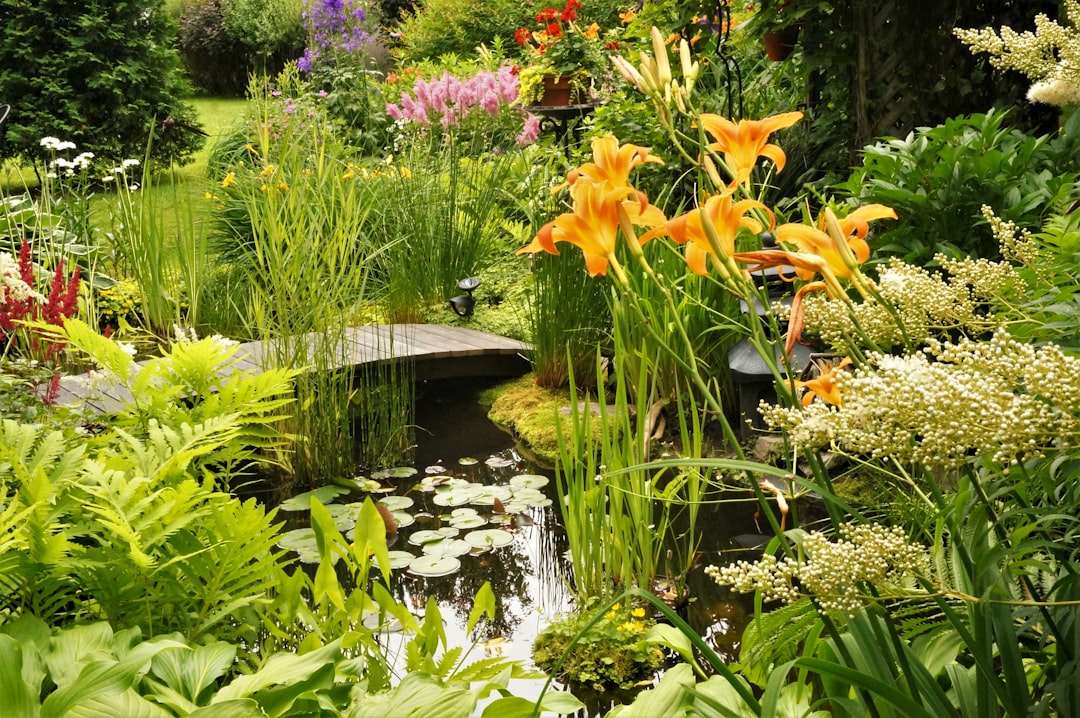
Unveiling the Mysteries of Lunar Gardening
Unveiling the Mysteries of Lunar Gardening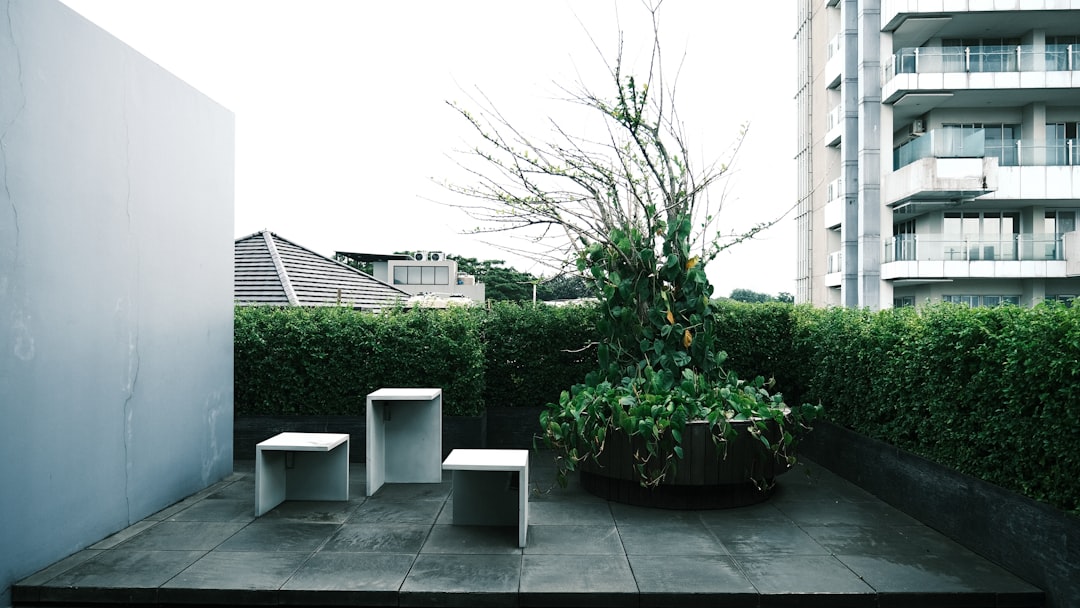
Unleash Your Inner Herbalist: A Guide to Indoor Herb Gardening
Unleash Your Inner Herbalist: A Guide to Indoor Herb Gardening